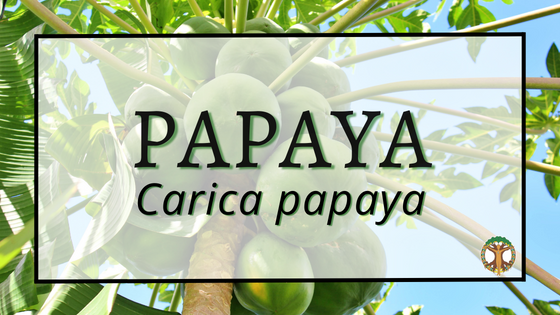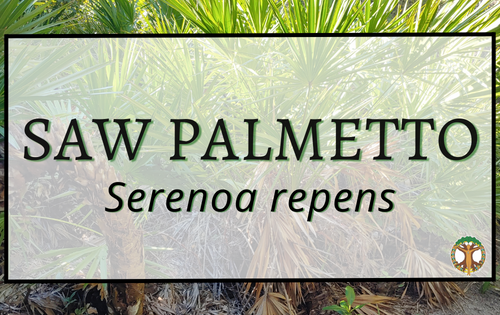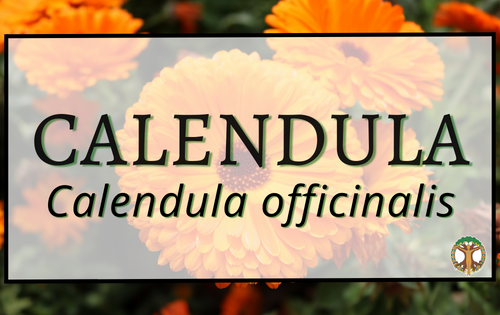
Papaya
- Plant of Month profile contributed by Jessica Grandey
Common Names
English Papaya, Pawpaw, Papaw, Melon Tree, Mummy Apple, Papaya, Kates
Latin Name Carica papaya
Family Caricaceae
Habitat
Papaya is a fast-growing semi-woody tree Native to Tropical Central America and Southern Mexico. It is now spread by man to all warm countries. Papaya is an herbaceous perennial and it easily and rapidly grows from seeds. Propagating by hand-pollination and grafting is possible and is necessary if selected varieties are to be kept. Attempts at grafting and rooting shoots on a commercial level have not been successful.
Parts Used
Fruit, Seeds, Leaves, Stem, Pith, Seed-shoot, Flower, Latex sometimes the Roots and peel.
History/Tradition
The papaya was brought to Brazil where the Portuguese saw a resemblance in the shape of the fruit to a woman’s breast so they called it mamão.
There is a Filipino legend about how the papaya tree came to be. It says that there was a young couple, Papay and her husband Bantawan who were rice farmers in their village. When Papay had their baby she needed Bantawan to work harder but he wouldn’t. They were running out of rice, so she left her newborn with Bantawan and went out to do the hard work herself. When she did not come back that night the whole village went looking for her. One villager who had fallen asleep dreamt of a tree in the middle of the field that spoke to him saying something like “I am the missing one. Give my fruit to the newborn so it will live” When the people search the field they saw a beautiful papaya tree for the very first time and they knew it was Papay ripe with sustenance for her newborn.
In the ancient Mayan civilization, the papaya tree was their sacred “Tree of Life.” In historical literature, papayas were first mentioned by the Spanish explorer Oviedo in 1526.
Many of the field workers on papaya plantations were believed to have smoother hands from working with papaya fruits. There was even a myth that their fingerprints “magically disappeared.”
Energetics
Flavor: Sweet
Temperature: Neutral
Moisture: Moist
Tissue State: In TCM, Papaya is used to tonify Qi, regulate circulation, and resolve dampness and phlegm. In Ayurveda, Papaya is used as a spleen tonic.
Indications
Digestive issues, Colic, Irregular Bowels, Dropsy, Inflammation, Rheumatoid Arthritis, Edema, Gout, Mild Hypothyroid, Tumours, Cancers, Intestinal Parasites, Dengue Fever, Malaria, Venomous Stings, Venereal Disease, Candida Albacans, Diabetes, Jaundice, Bacteria, Skin Disease, Dandruff, Tight Muscles, Urinary Issues, Liver Issues, Asthma, Herniated discs,
Systems
Digestive, Urinary, Immune, Cardiovascular
Actions
Pain killer, Laxative, Vermifuge/Anthelmintic, Purgative, Diuretic, Galactagogue, Abortifacient, Proteolytic, Antimicrobial, Anti-inflammatory
Nutrition
Vitamin C, Vitamin A, Folate, Potassium, Fiber, Carbohydrates, Trace amounts of calcium, magnesium and E,K, and various B vitamins. Water content of the pulp amounts to about 90%. Enzymes such as Papain, Carotenoids — especially Lycopene.
Cautions
Always cook unripe papaya before eating. This is a must during pregnancy, as the unripe fruit is high in latex, which can stimulate contractions. Avoid eating the seeds during pregnancy as well.
Culinary use
The ripe fruit is eaten raw and cooked as a vegetable while still green. The ripe fruit is used in fruit salads, chaat, sorbets, and desserts. Also in chutney and salsa. It is roasted and stir-fried, especially the unripe fruit. Ripe papaya is delicious when made into juice, smoothies and drinks like Agua de Papaya. Papaya and Pear are a fantastic flavor combination as is papaya and mango. A beloved homemade baby food is a combination of papaya and banana purée.
In South East Asia the pulp of half-ripe papaya fruit is made into a crystallized preserve.
The central pith can be eaten raw if the fruit is ripe.The germinating seeds are eaten like asparagus in Guinea. They are vermifugal and in India are strongly believed to cause abortion.
The scooped out halves can be used as serving bowls. In Indonesia, the stem, with bark removed, has been used as a famine-food.
Some African tribes enjoy the leaves as a vegetable. The sap contains a ferment of two distinct enzymes, one digesting protein to peptone, the other peptone to amino-acids.
This helps the breakdown and digestion of meats and other proteins.
Papaya is well known for its enzyme papain which aids digestion and especially the digestion of meats. Aside from eating it with your meal you can also use it to prepare the ingredients of your meal. Meat can be tenderized when it is wrapped in leaves for some hours before cooking. You can also tenderize meats and add enzymes to food by adding a piece of unripe fruit to the water when cooking. The seeds have sometimes been dried, ground and used like pepper.
Magick
Element : Water
Planet: Moon
Magic : Love(fruit) and Protection (leaves) Banishing (seeds)
Mixing papaya leaves with mandrake to burn or use in a bath can reverse hexes and jinxes.
In Sierra Leone the petiole is used in certain witchcraft to symbolize a gun.
Dreaming of the Papaya means that some mental, emotional or even spiritual chains have been broken. It is an indication of being safe from the damage caused by other people.
The Papaya represents your abundant nature.
Tie a rag around a papaya trees limb while visualizing your intention. You can also hang papaya twigs over your door sill to keep out evil. Serving the fruit to a loved one will intensify the feelings of love.
Other Uses
Papaya fruits have been carved into musical instruments. The bark and the stem have been made into ropes. The leaves have been used as a substitution for laundry soap and can be used as an effective bleach if soaked for hours.
The leaves are made into containers and food-wrappers Its main industrial uses are in ‘chill-proofing’ beer, in medicine and pharmacy, the food industry and textile manufacture, especially shrink-proofing and other treatments of wool. In Gabon, the leaf-petiole is made into a child’s toy trumpet. Juice from the leaf-petiole is applied to burns in Sierra Leone.
The latex from papaya is used in various countries to ‘cauterize’ warts, corns, tumors, etc., and to draw boils. Supposedly a ‘hedge’ of papaya trees will keep away mosquitoes; however old plants have soft hollow stems which can become breeding sites for mosquitoes
References:
http://www.homeoint.org/books1/allenhandbook/p/pap-v.htm
https://www.henriettes-herb.com/eclectic/ellingwood/carica.html
https://plants.jstor.org/stable/10.5555/al.ap.upwta.1_655
https://www.healthline.com/nutrition/8-proven-papaya-benefits#TOC_TITLE_HDR_5
https://askdrmao.com/natural-health-dictionary/papaya/index.html
https://hort.purdue.edu/newcrop/duke_energy/Carica_papaya.html
https://www.journalijar.com/uploads/539_IJAR-13856.pdf
Cunningham’s Encyclopedia of Magical Herbs Scott Cunningham, 2012 p.193
https://discover.hubpages.com/religion-philosophy/The-Legend-of-Papaya






